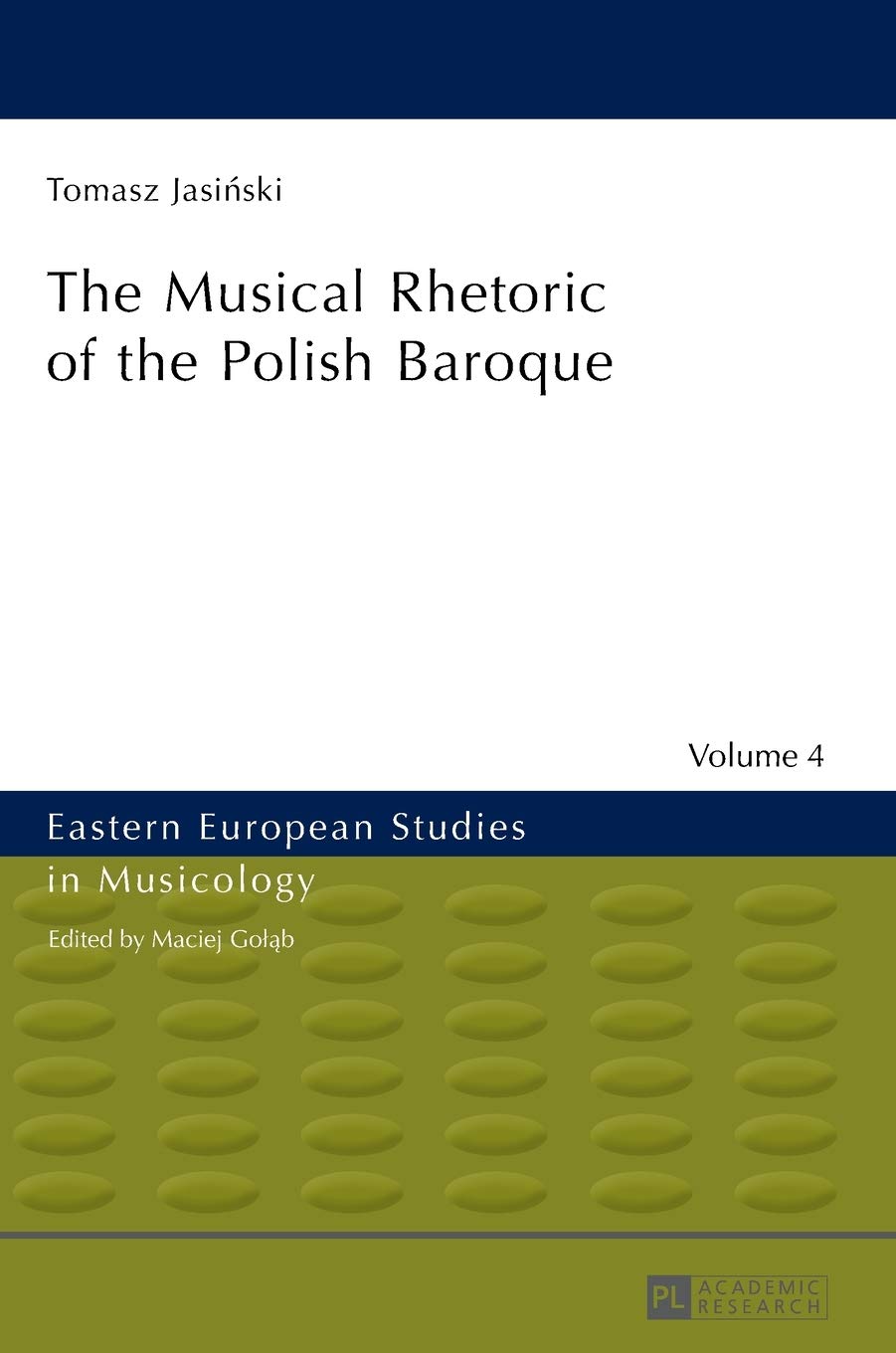

Most ebook files are in PDF format, so you can easily read them using various software such as Foxit Reader or directly on the Google Chrome browser.
Some ebook files are released by publishers in other formats such as .awz, .mobi, .epub, .fb2, etc. You may need to install specific software to read these formats on mobile/PC, such as Calibre.
Please read the tutorial at this link. https://ebooknice.com/page/post?id=faq
We offer FREE conversion to the popular formats you request; however, this may take some time. Therefore, right after payment, please email us, and we will try to provide the service as quickly as possible.
For some exceptional file formats or broken links (if any), please refrain from opening any disputes. Instead, email us first, and we will try to assist within a maximum of 6 hours.
EbookNice Team

Status:
Available0.0
0 reviews
ISBN 10: 3631627602
ISBN 13: 9783631627600
Author: Tomasz Jasinski
This book looks at the rich means of text interpretation in seventeenth and eighteenth century Polish music, a relatively unknown phenomenon. The works of old Polish masters exhibit many ingenious and beautiful solutions in musical oration, which will appeal to wide circles of lovers and experts of old music. One of the fundamental components of baroque musical poetics was music-rhetorical figures, which were the main means of shaping expression – the base and quintessence of musical rhetoric. It was by means of figures that composers built the musical interpretation of a verbal text, developing pictorial, emphatic, onomatopoeic, symbolic, and allegorical structures that rendered emotions and meanings carried by the verbal level of a musical piece.
1. The Baroque Art of Musical Rhetoric. A Historical Outline
1.1 Prehistory
1.2 Origins
1.3 Development
1.3.1 Theory
1.3.2 Practice
2. Polish Musicology and the Issue of Figures. State of Research
3. Research Premises
Chapter 1 Emergence of a Domestic Musical Rhetorical Tradition in the Renaissance
1. Latin Polyphony
2. Polyphonic Song in Polish Language: Mikołaj Gomółka
3. Beginning of the Baroque: Mikołaj Zieleński
Chapter 2 The Universal Language of Figures
1. Basic Figures
1.1 Anabasis—catabasis
1.2 Epizeuxis, Climax
1.3 Exclamatio
1.4 Antitheton
2. Beyond Stylistic Dualism
3. Hypotyposis before Emphasis
Chapter 3 Word Interpretations
1. Onomatopoeia
2. Intellectual Constructions: “Ingenious Figures”
2.1 Fuga and Other Polyphonic Means
2.2 Imaginatio Crucis
3. Towards Emphasis
3.1 Saltus Duriusculi
3.2 Dissonances
3.3 Chromaticism and Alterations
4. From Figure to Form
5. Audite mortales
Chapter 4 Figures and Vernacular Language
Chapter 5 Oratorial Aspects of Instrumental Music
1. Figures
2. The Semantic Perspective
Chapter 6 Musical Rhetoricians
1. Mikołaj Zieleński
2. Franciszek Lilius
3. Marcin Mielczewski
4. Bartłomiej Pękiel
5. Jacek Różycki
6. Damian Stachowicz
7. Stanisław Sylwester Szarzyński
8. Grzegorz Gerwazy Gorczycki
Chapter 7 The European Context
1. Polish Music Versus Imports
2. A Distance to Masters
3. In the Light of the Musical Theory of the Affects
4. From the Point of View of the Aesthetic Dilemmas of the Baroque
Conclusion
Catalogue of Figures
Editorial Note
Bibliography
1. Musical Scores
1.1 Printed Editions
1.2 Manuscripts
2. Literature
2.1 Source Texts
2.2 Studies
Index
rhetoric in baroque music
polish baroque music
rhetoric of music
a polish dance in 3/4
a polish dance in 3/4 time
a musical representation of specific poetic images
Tags: Tomasz Jasinski, Musical, Rhetoric